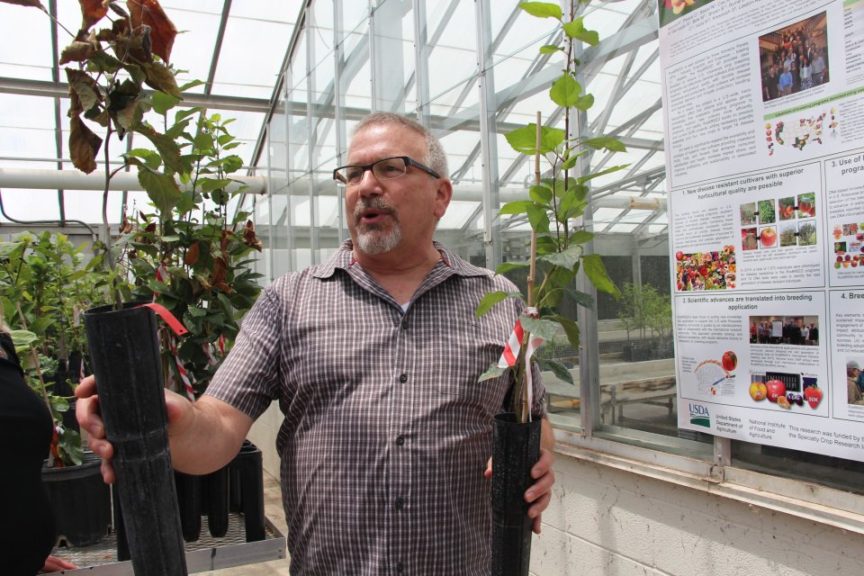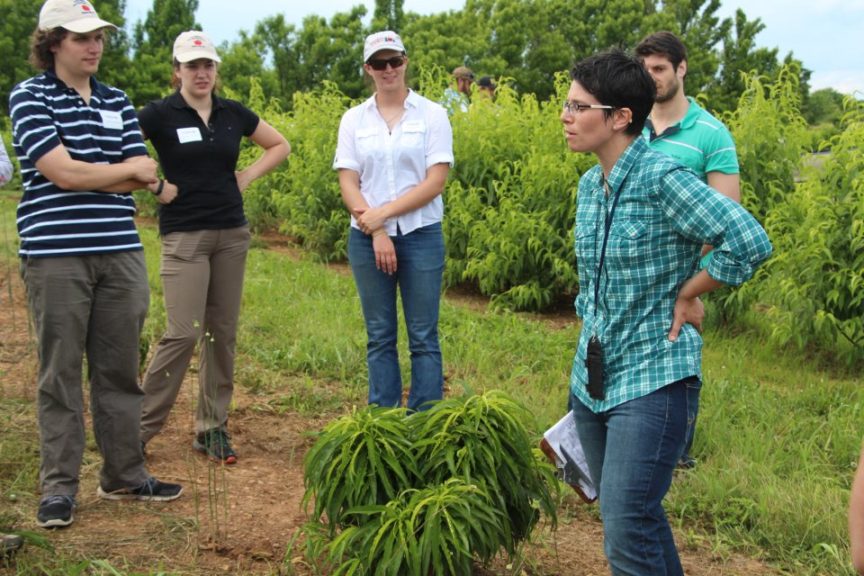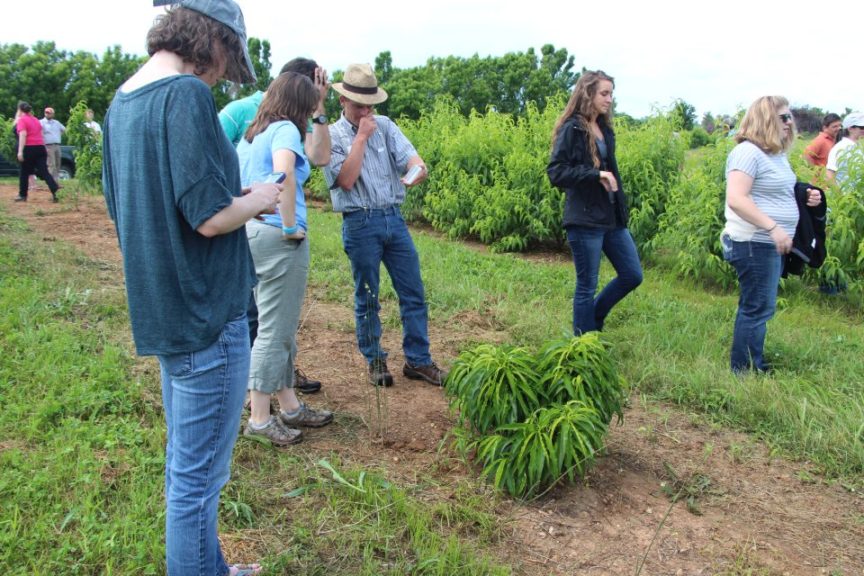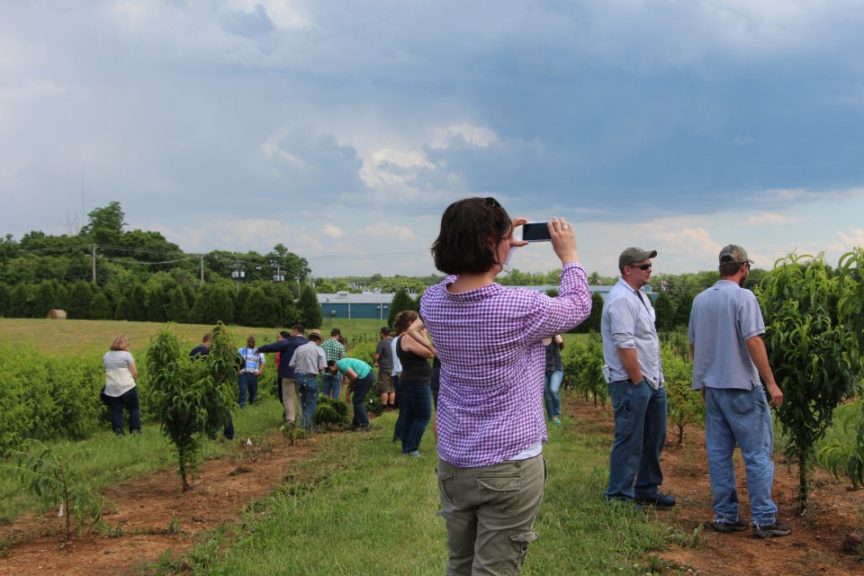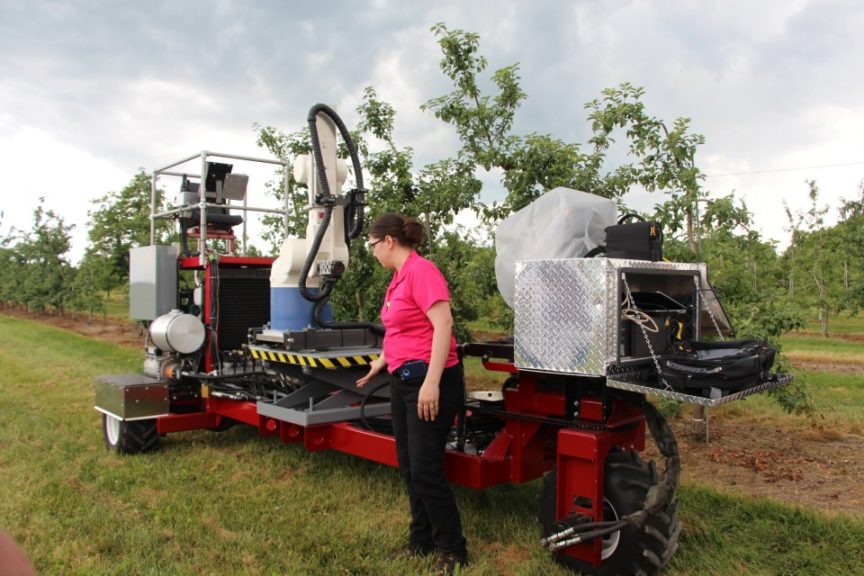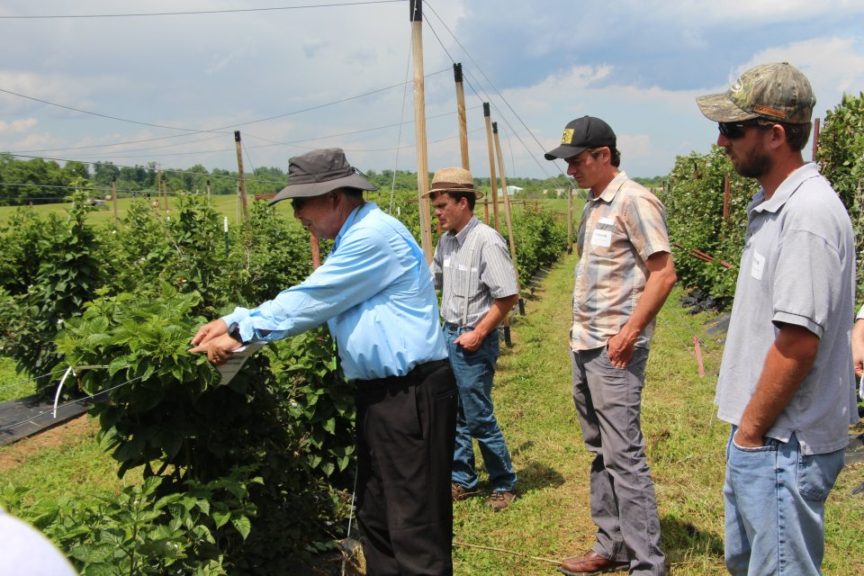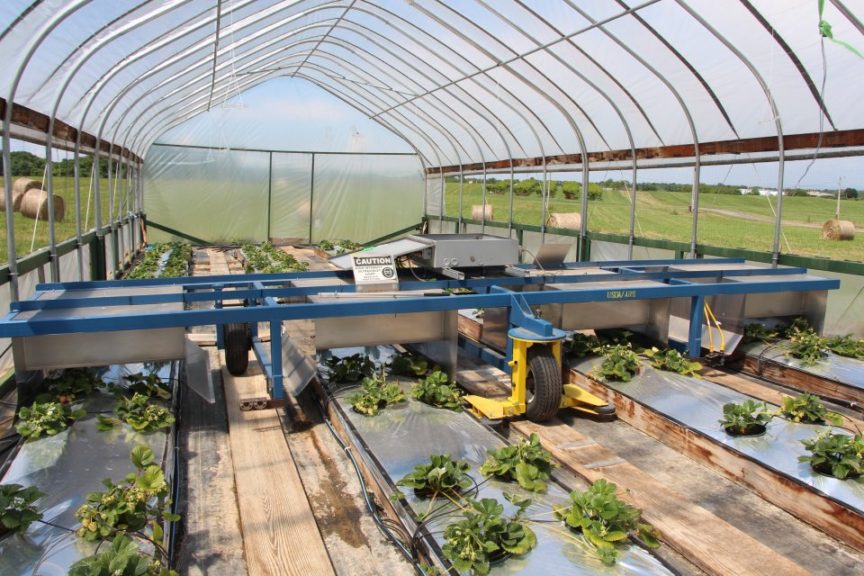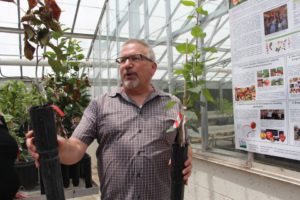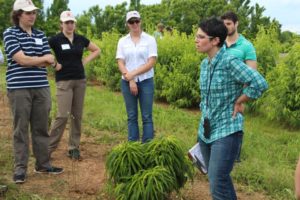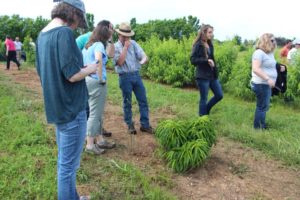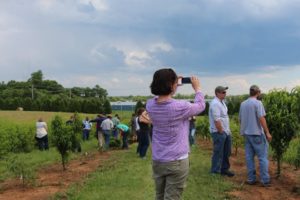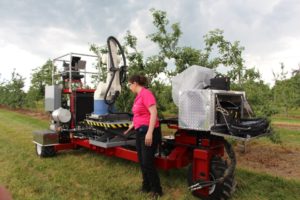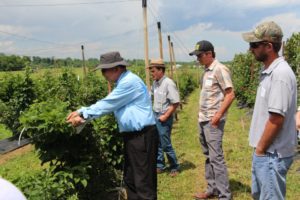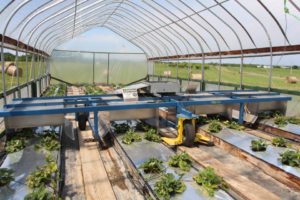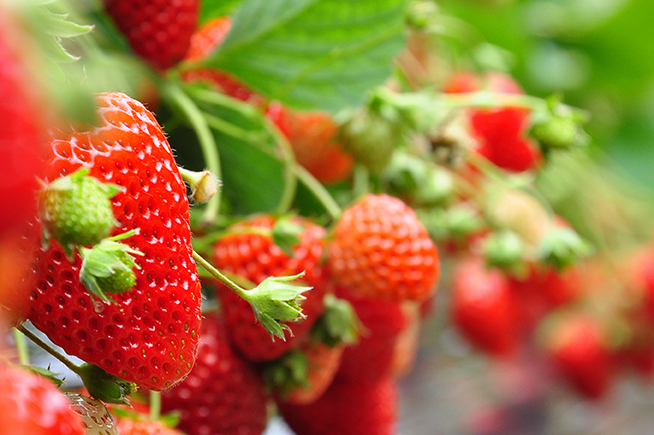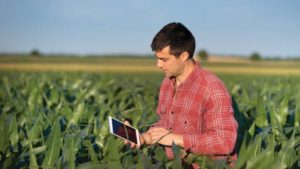Six Takeaways From My Trip To The Appalachian Fruit Research Laboratory
[blackoutgallery id=”131819″]
I write a lot about research being carried out throughout the country and globe. There are a lot of really fascinating projects that will impact you in a few years, or in some cases, many years from now. But, I don’t often get the chance to see this cutting-edge research firsthand.

Christina Herrick
So, when the Young Grower Alliance in Pennsylvania organized a trip to visit the USDA-ARS Appalachian Fruit Research Laboratory in Kearneysville, WV, I jumped at the chance to join them. What I learned along the way is that there’s a lot going on behind the scenes before you read the latest variety release or the latest innovation in stopping the pesky brown marmorated stink bug (BMSB).
Here’s six things I found interesting, and I hope you do too:
PEAR RESEARCH: Pears, which have been plagued in the East by fire blight and pear psylla, are getting a boost from research by Richard Bell, Research Horticulturalist. He’s studying some European and Asian cultivars to see how their genetics can help bolster resistance to pear psylla. This is good news for growers who may be interested in adding fresh-market pears.
HIGH-TECH BREEDING: In the Apple Biotechnology Lab, Tim Artlip, Plant Physiologist, is using an accelerated breeding program to evaluate potential tree fruit research cultivars quicker. This rapid breeding includes using some transgenic parent crosses to improve how cultivars and rootstocks respond to changes to stress from extreme high or low temperatures as well as changes in water and nutrient availability. With this fast-track breeding program, you’ll be able to see and grow any potential releases much sooner than with traditional breeding methods.
ROBOTS: Agriculture Engineer Amy Tabb, is leading a research project to develop a robotic imaging and pruning system. Tabb’s mobile robotic system develops three-dimensional modeling of the trees, and then applies a simplified version of the “7 Pruning Rules” from Penn State University’s Jim Schupp, to help the system decide which cuts to make. This in the early stages of development, but the research looks very promising, and anything – be it robot or simplified rules to follow – that helps take the guesswork out of dormant orchard tasks seems like an improvement.
UV RAYS AND PATHOGENS: Strawberry growers have constantly struggled with controlling fruit decay. Powdery mildew and Botrytis can be particularly tricky in a greenhouse or high tunnel. Wojciech Janisiewicz, Plant Pathologist, and Fumi Takeda, Research Horticulturalist, are studying some alternative methods to pesticides and fungicides with strawberries. One such approach is using UV rays to irradiate powdery mildew and Botrytis. A good takeaway is that Janisiewicz and Takeda are looking to extend the growing season and control diseases which can make greenhouse and high tunnel strawberries a challenge.
THOSE PESKY STINK BUGS: Growers are all too familiar BMSB. Brent Short, Biological Science Lab Technician, gave us an update on the trapping they’ve developed for BMSB control. What’s interesting is how the team at the Appalachian Fruit Research Laboratory is using traps and new pheromones to bring BMSB to specific trees, then spraying those baited trees to help growers reduce overall sprays in the orchard and injury to fruit.
SHORT TREES: When we reached the test block of peach tree architecture, we were surprised at how differently all the trees looked. Some were weepy, some were compact, some were forked, and some were dwarfing. And when I say dwarfing, I mean really dwarfing. A few trees were so compact they looked like ornamental bushes instead of peach trees. The overall goal is to reduce management costs, and although a tree that’s no higher than three feet may not be able to produce the type of yields peach growers are used to, the genetics could be used to crossbreed and create dwarfing, but more hardy, peach varieties. This research may seem unusual, but given the past few cold winters, getting a peach tree closer to the snowline may not be a bad thing.





